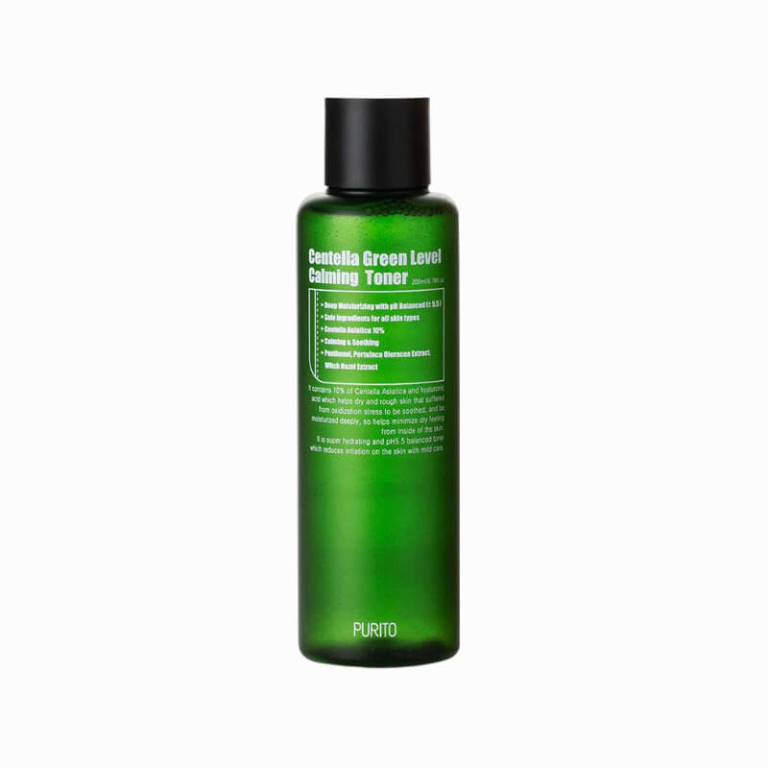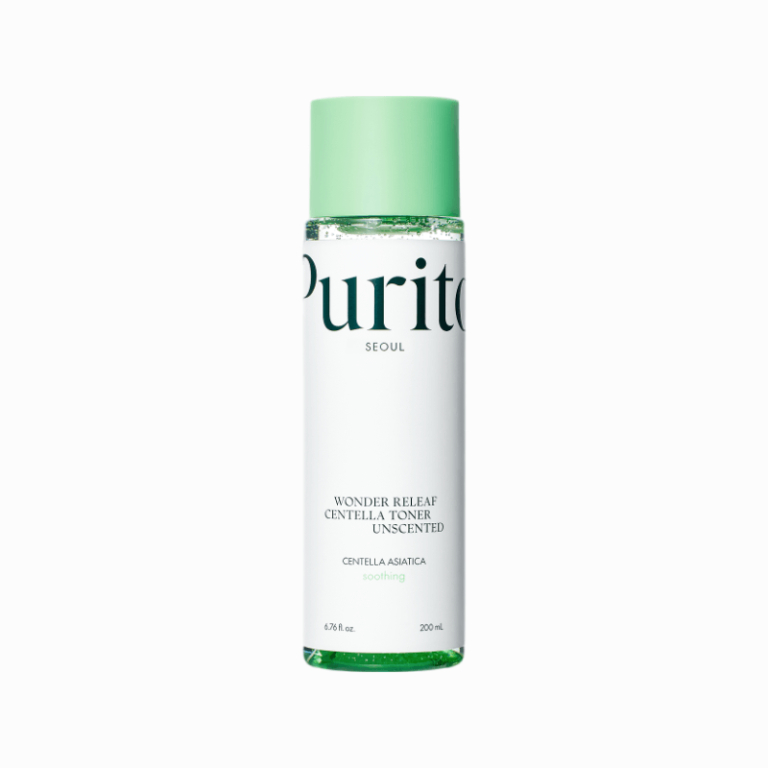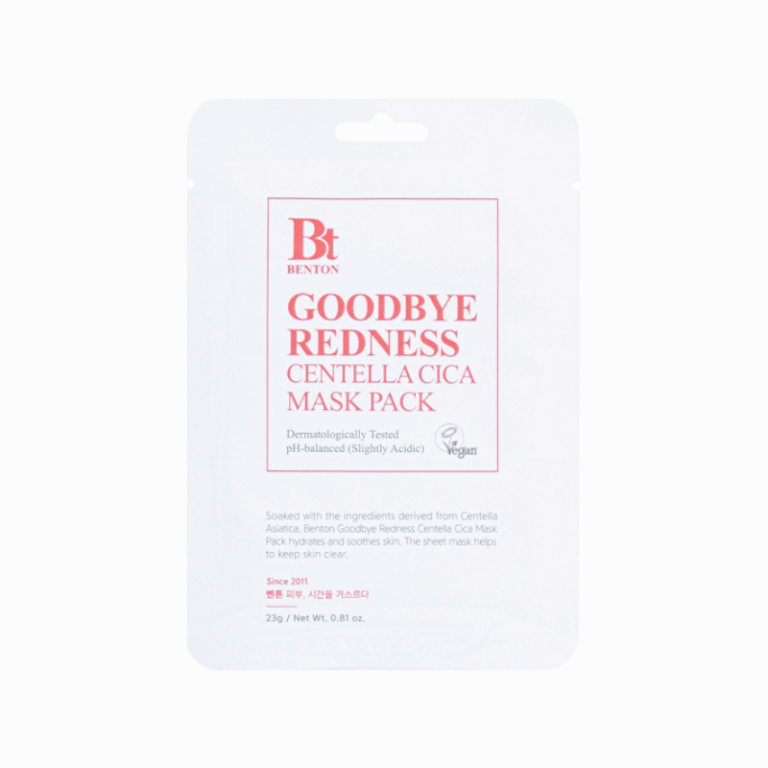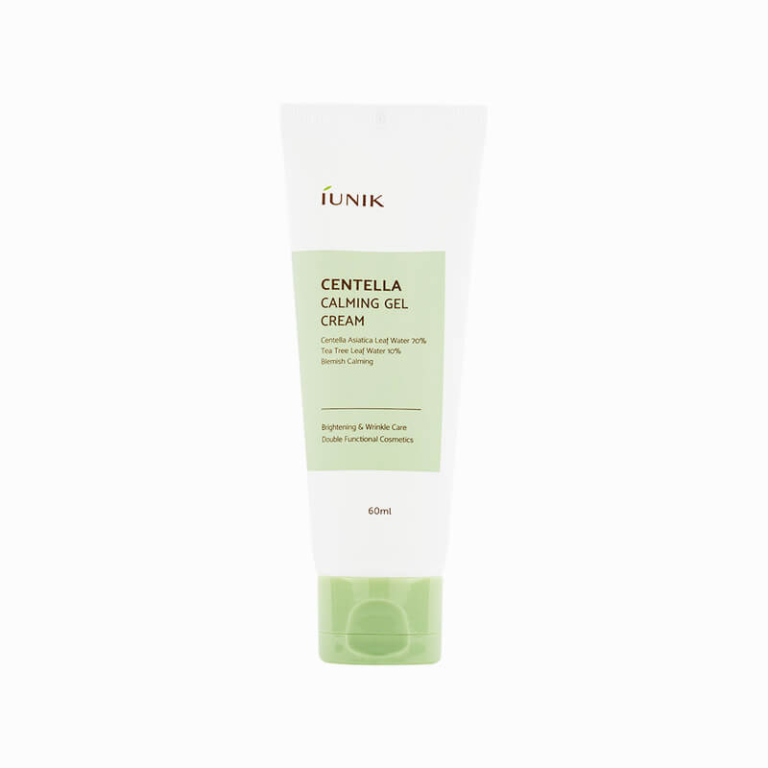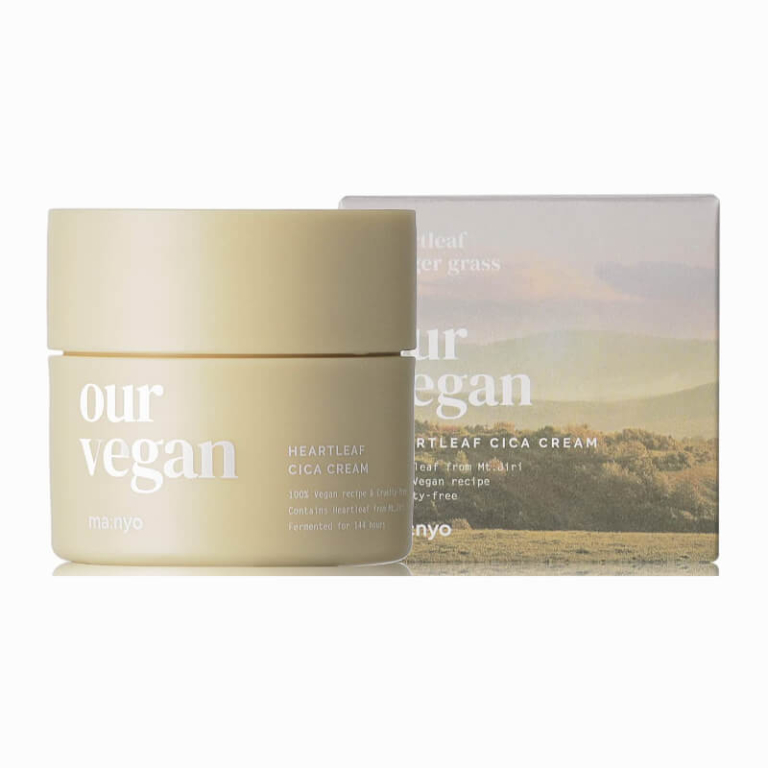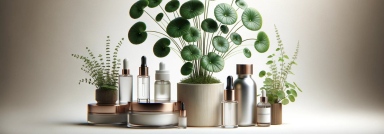
Centella asiatica (also known as water pennywort, gotu kola, fo-ti-tien, Hydrocotyle asiatica L., tiger grass, and cicaherb)
Korean cosmetics, particularly those with a natural focus, frequently incorporate ingredients that remain relatively unfamiliar in Europe due to their origins in traditional Asian medicinal plants. As such, we aim to familiarize you with the most significant of these medicinal plants in this blog series, shedding light on their benefits and historical significance.
Our discussion begins with Centella Asiatica, a skin-calming agent that has gained popularity in numerous cosmetic and wellness products locally, following its clinically proven effectiveness. The therapeutic and regenerative qualities of Centella asiatica (Asian pennywort) have been recognized in Asia for centuries. This moisture-rich tropical plant thrives alongside riverbanks and streams, easily identified by its kidney-shaped, serrated leaves and its petite pink to reddish blossoms.
For instance, the gentle, skin-calming products like Purito Centella Green Level Calming and Centella Unscented Toner both boast a 10% highly concentrated Centella asiatica extract.
In Ayurvedic practices, the plant is renowned as Gotu Kola and is externally employed, notably for rapid wound healing and minimizing scarring. It is also made into a tea believed to possess detoxifying, anti-inflammatory, diuretic, and antipyretic properties. Internally, Centella Asiatica addresses a broad spectrum of issues, from general debility to rheumatic disorders. It's also credited with fostering meditation and providing nerve-calming benefits.
In traditional Chinese medicine, Centella asiatica goes by the name Fo-Ti-Tien, which loosely translates to "elixir of longevity." Here, the plant is harnessed for concerns like venous issues, leg swelling, enhancing cognitive and nerve functions, skin problems, and detoxification. Additionally, in various parts of Asia, it's consumed as a vegetable to alleviate certain conditions, often paired with rice in meals.
In the realms of skincare and cosmetics, Centella Asiatica is primarily esteemed for its rejuvenating, skin-soothing, and tissue-firming capabilities. These attributes are credited to the plant's molecules, specifically the saponins. Key components like asiatic acid, madecassic acid, and asiaticosides, derived from the plant's leaves, have been identified for their cosmetic significance. Among their various benefits, these molecules exhibit potent anti-microbial properties and boost collagen production.
This versatile ingredient finds its place in a myriad of skincare formulations, ranging from toners and cleansers to creams, sunscreens, and sheet masks. Particularly, its skin-soothing and balancing qualities have proven indispensable in products tailored for sensitive, inflamed, or blemished skin, encompassing combination skin types as well.
Additional Products Rich in Centella Asiatica
